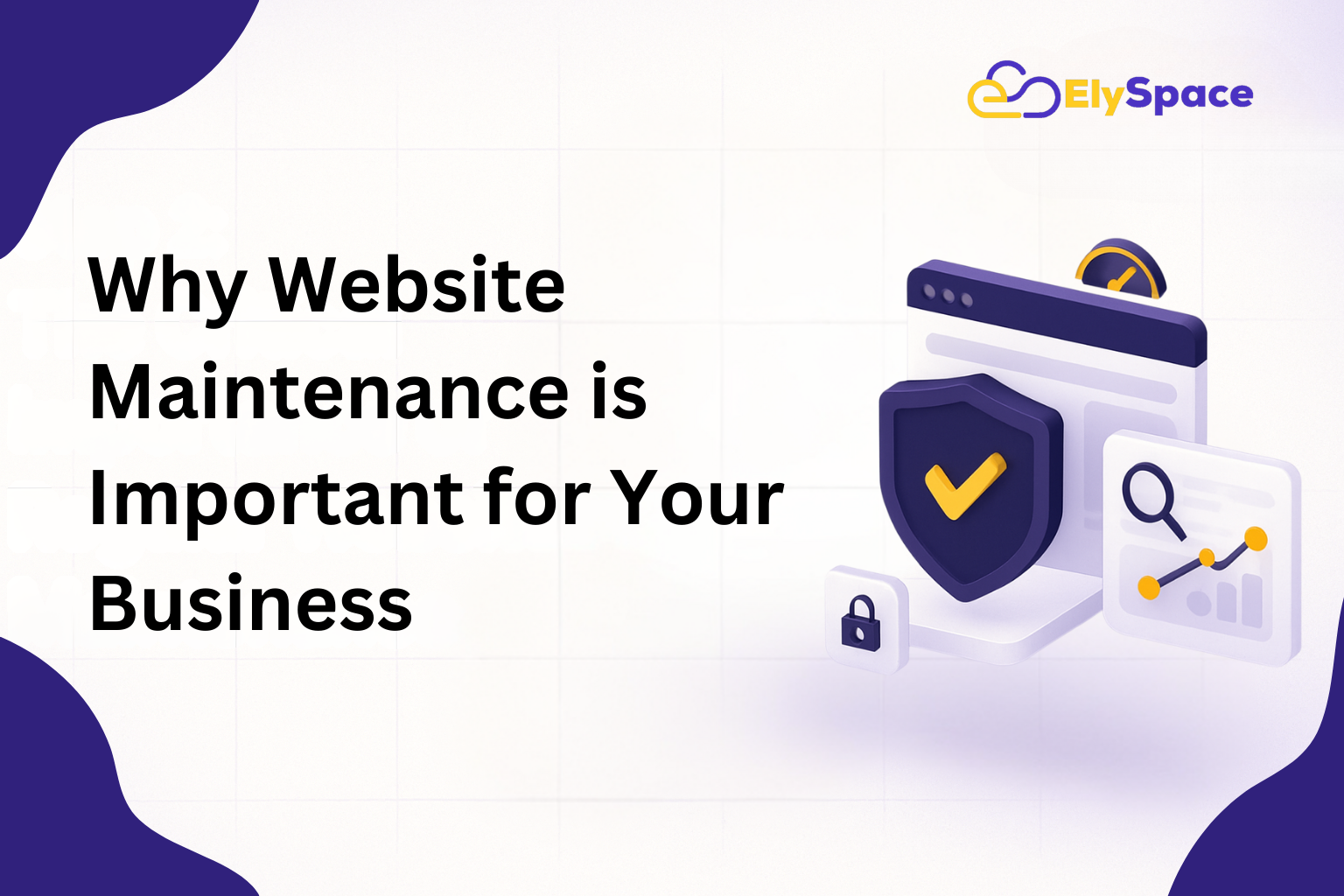A website is just the start of your online journey in today’s digital world. Website maintenance is key to a successful online business in today’s competitive environment. Too many small business owners believe that all they need to do is flip the switch and the phones will start ringing. In reality, neglecting the consistent tender loving care (TLC) – regular updates, security checks, performance monitoring, and content improvements – that every website requires can seriously impact cash flow, credibility, and search engine visibility.
Consider your website like it’s a shopfront. You wouldn’t lock the doors to your shop for months without cleaning it, changing how your wares were displayed, or repairing any broken equipment. Likewise, your online empire needs regular love and attention to stay on top of its game and provide great experiences for everyone who visits.
Step 1: Understanding The Website Maintenance
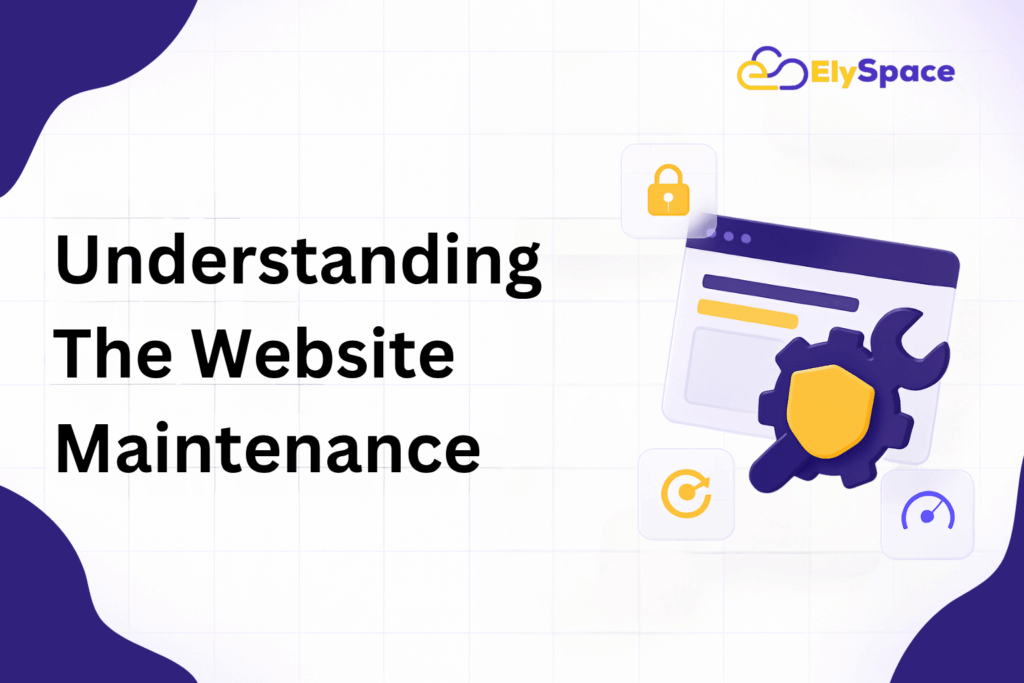
Website maintenance includes all the continuous work that it takes to keep a website running well, from its display and design to up-to-date security algorithms. This all-inclusive process includes regular maintenance, security monitoring, performance improvements, content management, and technical troubleshooting. Your website needs that same level of checks and balances to keep your online presence updated, safe, and open source, speaking to your ideal client.
Website maintenance is much more than just adding updates. This entails tracking your site’s performance, testing all functionality, maintaining data integrity, managing user accounts, and keeping content fresh. According to WordPress Housekeeping, these types of things indicate that they care about their appearance and how people view them; it’s the same for your website.
Step 2: The Critical Importance of Regular Website Maintenance
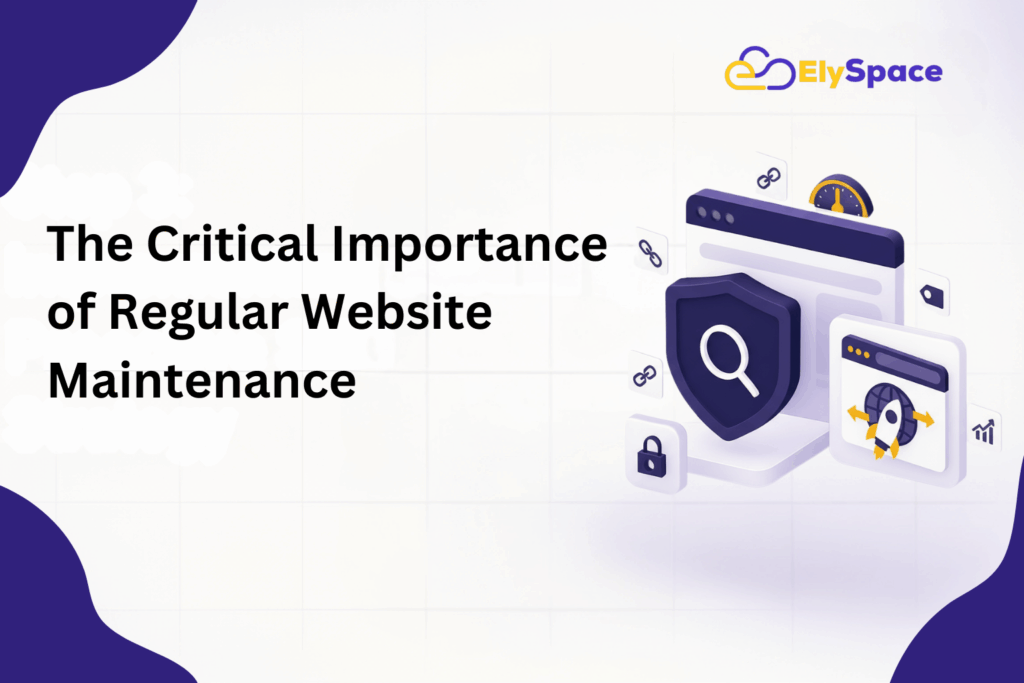
Enhanced Security Protection
Threats – both in terms of security and cookies – are constantly emerging in our digital world, and maintaining your website can mean the difference between safe business transactions and putting your customers at risk. The Cybersecurity and Infrastructure Security Agency (CISA) emphasises that routine security updates close holes that expert hackers might seek to exploit in an effort to access your site beyond the normal admin controls or steal information. Your site is vulnerable when you do not keep up with maintenance.
The professional maintenance package takes regular backups of your site and includes many more security features, such as firewall setup, malware scanning, security plugin updates, and security audits. These protections preserve your business’s reputation and avoid expensive breaches that lead to data loss, fines, or a tarnished customer image.
Improved Website Performance and Speed
The speed of a website is important for good user experience and search engine ranking, too. By performing website maintenance, technical issues that contribute to your slow site are pinpointed – and fixed – quickly. That entails image optimisation, database cleaning, and plugin updates – all representing some good old-fashioned hosting housework.
Research from PageSpeed Insights continues to prove that users will drop off from a website if it takes more than three seconds to load. Everyday tasks such as cache optimisation, cleaning up your code, and monitoring your server make sure that your website is guaranteed to be running at top speed when users drop by.
Better Search Engine Rankings
When search engines, such as Google, are deciding which sites to favour, they look for ones that are well-cared-for and protected and that are updated regularly with new content. Maintaining your website has a direct impact on your SEO performance, as when the site is kept up-to-date and working well, it adheres to Google’s Search Quality Guidelines for user content, technical specifications, etc. This continual optimising encourages search results to notice you more frequently.
Common SEO maintenance tasks that will help increase your search rankings include updating meta tags, optimising site architecture, fixing broken links, and ensuring your content is properly indexed. According to Moz’s SEO Learning Center, keeping up your technical SEO is key to long-term rankings.
Step 3: Essential Components of Professional Website Maintenance
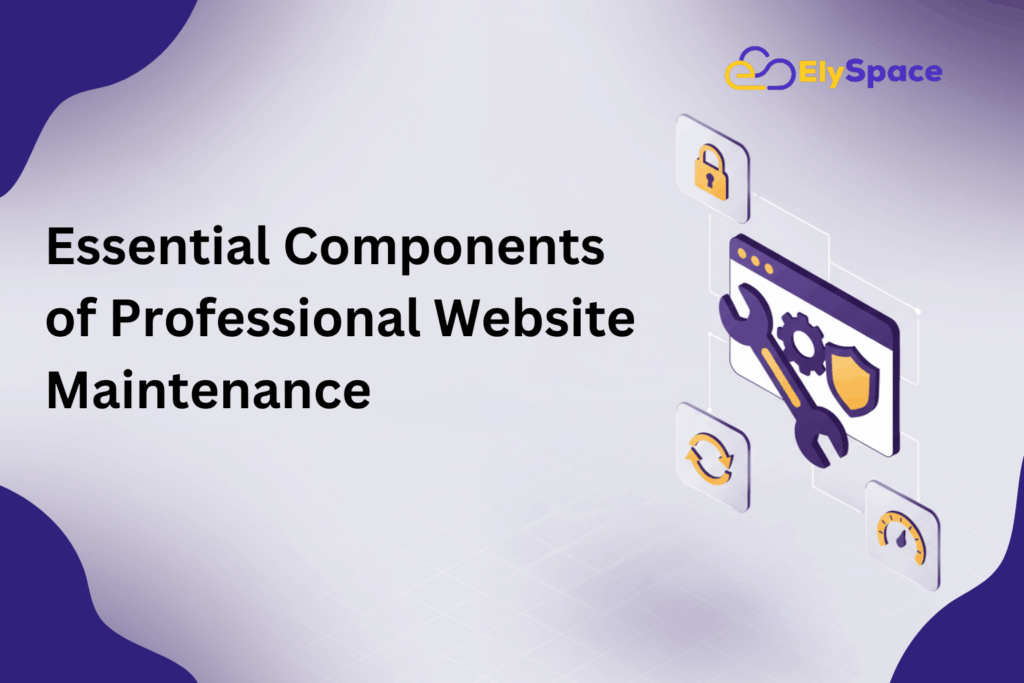
Software and Plugin Updates
It is very important to keep the core software, theme, and plugins of your website up-to-date. Old software exposes your website to security leaks and incompatibility issues that can make your site unusable. The WordPress Security Team frequently releases updates that include crucial security patches and performance improvements.
If your website is crashing and you didn’t make any changes, check for plugin conflicts or outdated themes. Maintenance providers develop updates in staging, then deploy to live sites, removing the risk of operational business disruptions.
Content Management and Optimization
New, up-to-date content is crucial to keep an audience and stay near the top of search engine rankings. Ongoing website maintenance also involves legacy content audits and removing out-of-date information, as well as ensuring that all screen content remains relevant to your business today and to industry standards.
Content updates also include, but are not limited to, optimizing in-place pages for improved search performance, revising product descriptions, generating new blog posts, and confirming that media renders as intended on all platforms. ElySpace provides excellent strategies for maintaining fresh, relevant content.
Database Optimization and Backup Management
The database for your website contains very important data, such as customer information, product details, and site settings. Typical website maintenance involves database pruning for deleting unwanted data, restoring corrupt files, and overall enhancing the performance of the database. This maintenance allows faster loading and pulling of stable data.
Strong backup plans safeguard your business from data loss because of technical malfunctions, security breaches, or human mistakes. The Small Business Administration (SBA) recommends professional maintenance that conducts automatic backup systems with provisions for multiple recovery points, allowing you to easily restore your site in case something goes wrong.
Mobile Responsiveness and Cross-Browser Compatibility
Since mobile traffic accounts for around 51% of all website visits, according to Global Mobile Website Traffic 2015 – 2025, you need to make certain that your site works perfectly on any device. Additionally, website maintenance is about performing frequent testing and optimisation across different screen sizes, operating systems, and browsers to ensure a consistent user experience.
Step 4: The Business Impact of Neglecting Website Maintenance
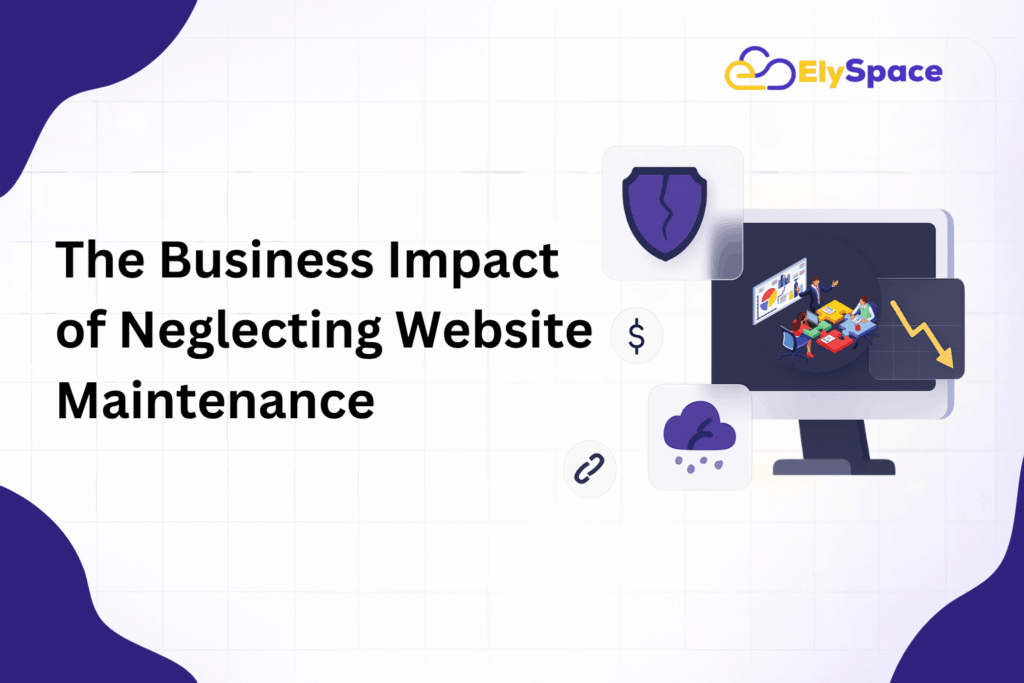
Financial Consequences
Organizations that don’t maintain their websites often have to deal with costly setbacks such as a decrease in sales, loss of customers, or the need for expensive emergency fixes. Practical maintenance can prevent large losses from litigation, fines, and costly data recovery.
According to Gartner’s IT research, downtime arising from avoidable technical issues hurts the bottom line, to the tune of millions of dollars, especially in e-commerce. For small businesses, the average cost of downtime can be anywhere from a few hundred to several thousand dollars per hour, depending on the nature of their industry and business model.
Reputation and Customer Trust
If your website looks bad, it will devalue your business quality and credibility. Guests who meet with broken links, obsolete information, or slow loads are not so much losing faith in you as they are missing the beacons of your promises. First impressions are hard to shake off once they are unattractive and can leave an eternal mark on your brand.
Social Media. They can make a difference in your reputation, too, because social media and customer reviews regarding problems with the website can spread your poor reputation far and wide, making a good state of repair very important for long-term brand protection and CRM.
Step 5: Cost-Effective Website Maintenance Strategies
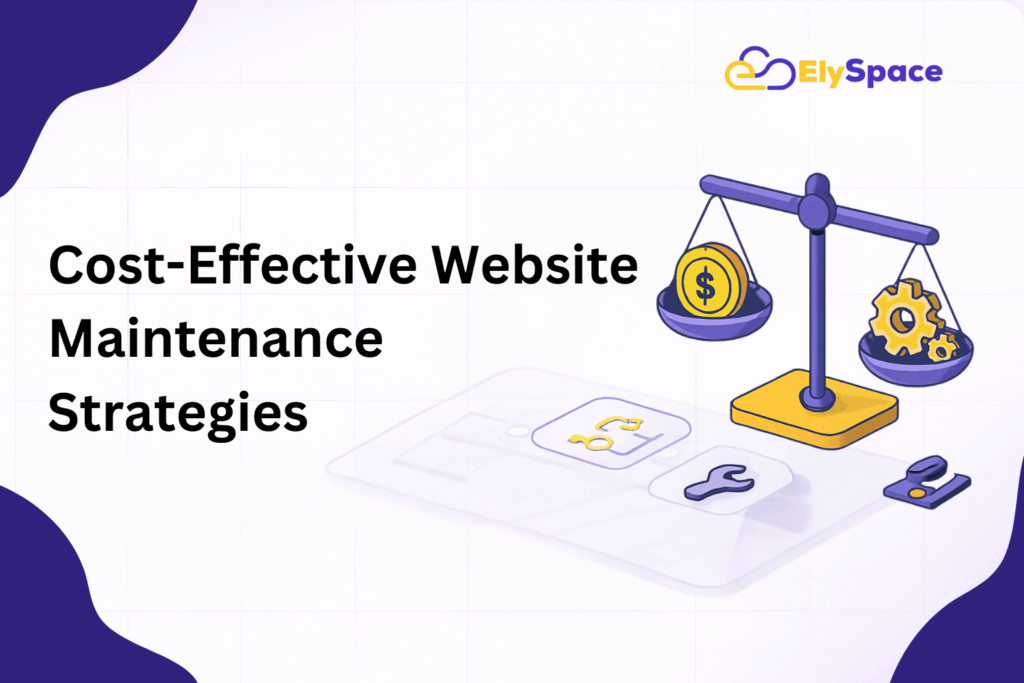
DIY (Do-It-Yourself) Website Care vs. Expert Maintenance Plans
Although some rudimentary website maintenance activities can be accomplished internally, technical knowledge and state-of-the-art tools are necessary for professional-level maintenance, which most business owners do not have. Rely on professional site maintenance to identify potential costly issues early and develop a clear plan to keep your website running fast, efficient, and reliable.
The U.S. Chamber of Commerce notes that you would also probably spend the same or more time and resources (if not money) on proper DIY maintenance that a professional service would cost, only to come up against the opportunity costs of having lost focus on what really pays. Professional services also offer high-end monitoring tools and expertise that would be prohibitively costly if procured by themselves.
Choosing the Right Maintenance Plan
Different companies will have different website maintenance requirements depending upon their industry, the complexity of the site, and how much traffic they receive. Small business websites that sit with core maintenance packages are security and backup, whereas e-commerce sites will need a complete peace of mind monitoring and optimisation service.
According to WordPress Housekeeping, once your website is built, it still needs regular care – just like a home, a car, or even yourself – to keep everything running smoothly.
Step 6: Future-Proofing Your Website Through Maintenance
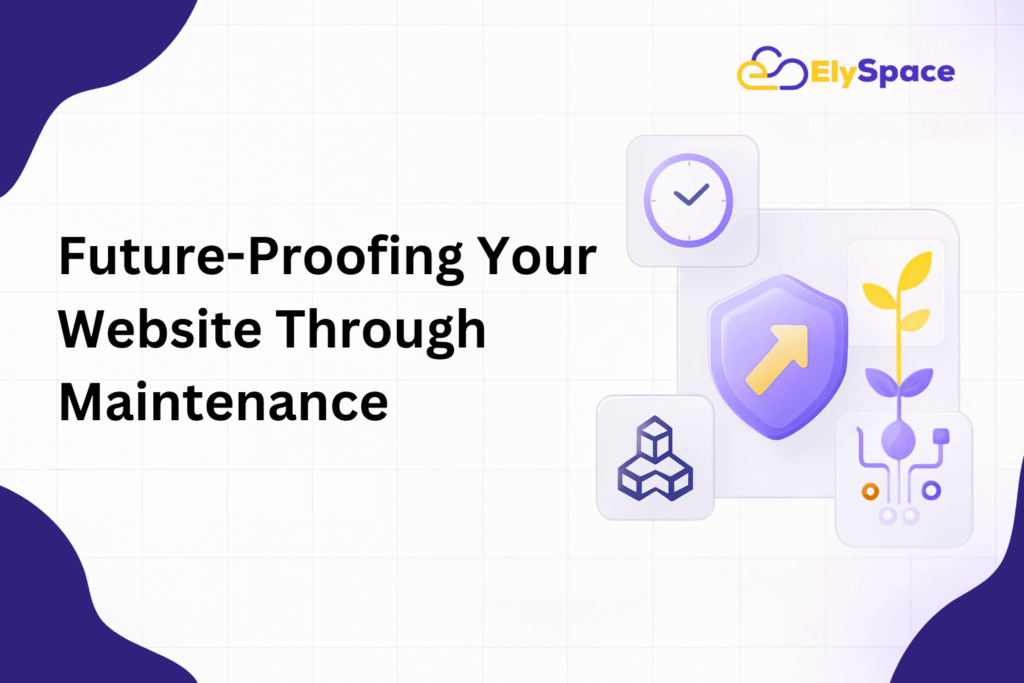
Staying Current with Technology Trends
The landscape of the internet is constantly shifting as new technologies, design trends, and user expectations force it to evolve. By maintaining your website you are keeping it fresh and up-to-date so that it competes in the marketplace with up-to-date technology & refinements to design, enhancing user experience.
Web Standards | W3C emphasises that proactive maintenance involves keeping an eye on industry trends, adding new features that make sense for your users, and allowing the website to grow with future needs without having to reinvent the wheel.
Scalability and Growth Planning
With your business growth, your website must grow to handle more traffic, functionality, and content. It involves a strategy for how you will scale up the website as your business grows and maintain performance and user experience.
Professional support services enable businesses to not only plan for future demand but also make necessary infrastructure enhancements that align with their long-term growth plans and maintain excellent site performance.
Step 7: Measuring Website Maintenance Success
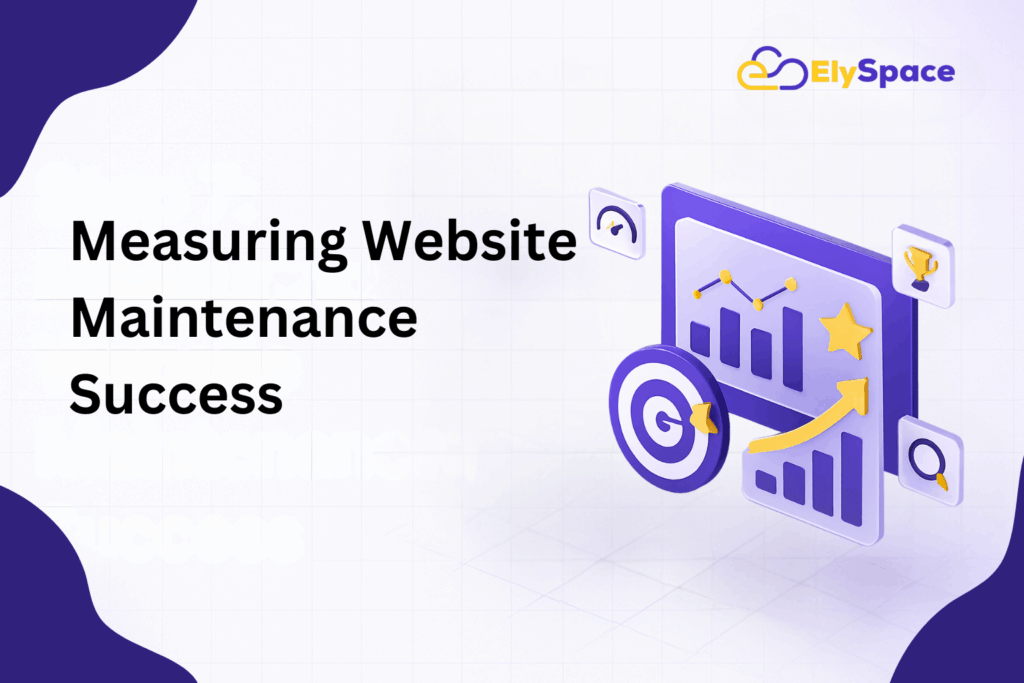
Key Performance Indicators
Google Analytics and Google Search Console provide key metrics indicators, including site uptime (99.9 percent or better), how fast pages load (under 3 seconds is ideal), bounce rates, conversions, and search engine visibility scores. These data are solid, visible proof of how well maintenance is performed and where more maintenance improvement activities might be needed.
Return on Investment Analysis
The return on investment for website maintenance is not limited to immediate cost savings but rather long-term gains such as a better customer retention rate, higher search engine ranking, and reduced emergency repair fees. Your business can benefit from their commitment by experiencing better online performance and a lower total cost of ownership over time.
Instantly, your managers can put maintenance ROI in simple terms: It’s the cost to maintain equipment vs what it would’ve cost if downtime from breakdowns was prevented and security breaches or performance metrics such as conversions or search rankings were boosted.
Conclusion
Don’t think of your website maintenance as an “optional” cost, but rather an investment in the success and growth of your business online. Regular maintenance is more of an insurance as compared to the losses you can incur on account of security breaches, performance problems, and loss of clients because of website downtime issues.
Through robust website maintenance services, companies protect their digital investments, keep the edge over competitors, and deliver great user experiences that will keep customers coming back while also boosting revenue. The question is not if you can afford website maintenance; it’s if you can afford to run without it.
Your website is your shopfront, open 24/7 to visitors from around the world. Make sure it always creates the best impression with ongoing professional management that keeps your online presence strong, secure, and successful. Get in touch with ElySpace to learn how our complete maintenance solutions can safeguard and enhance your website for continuous business growth.

